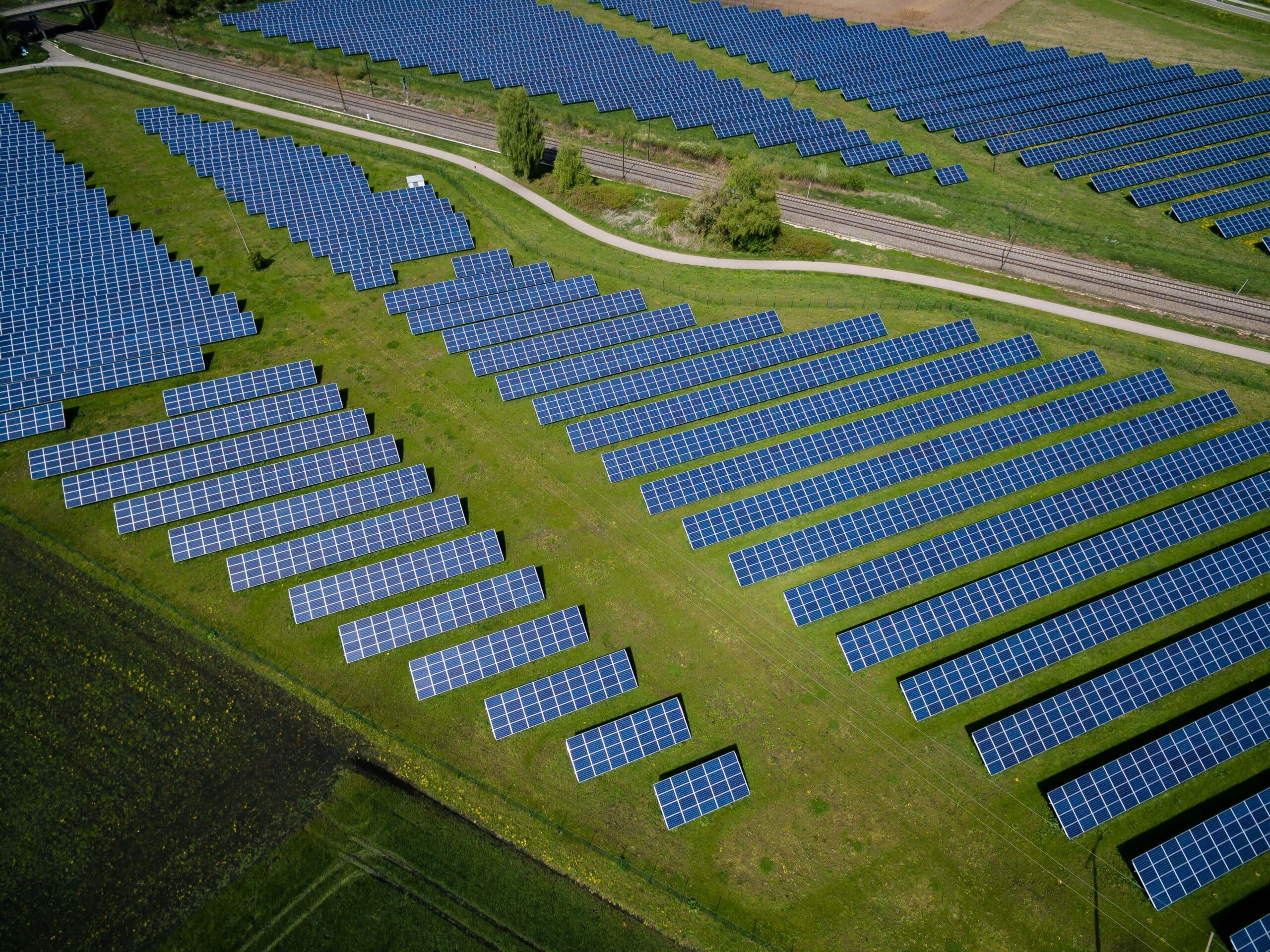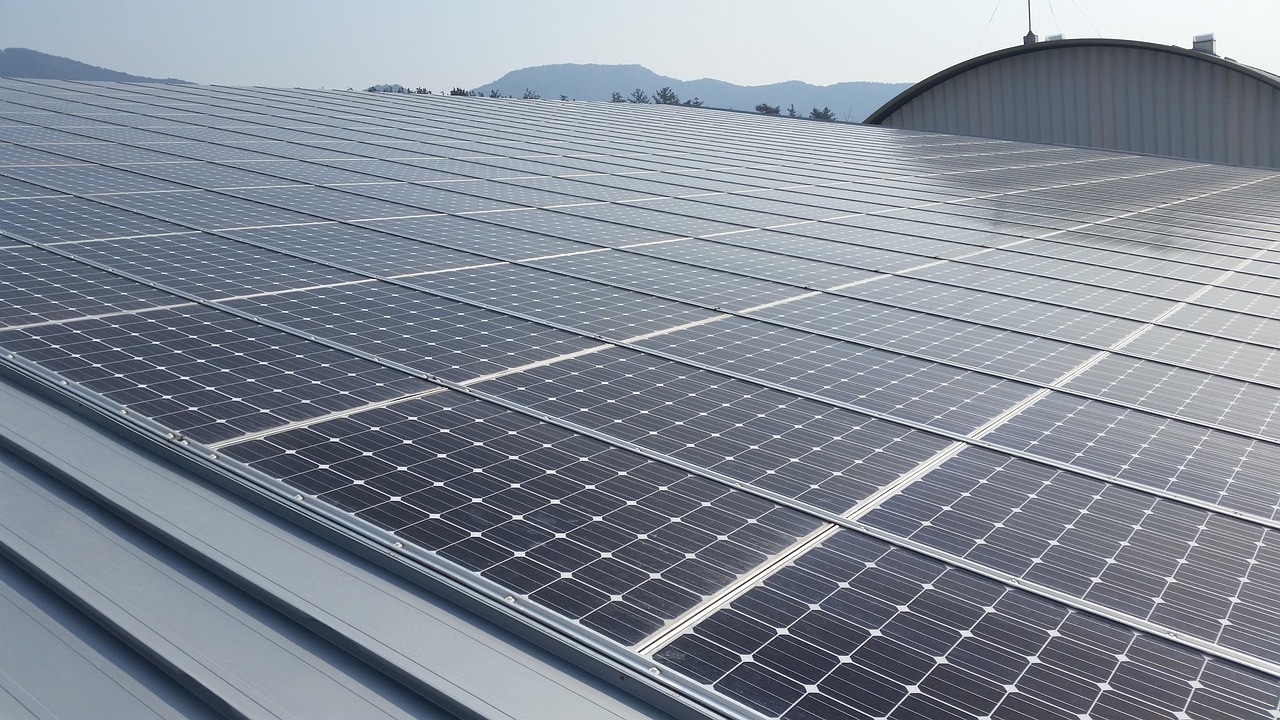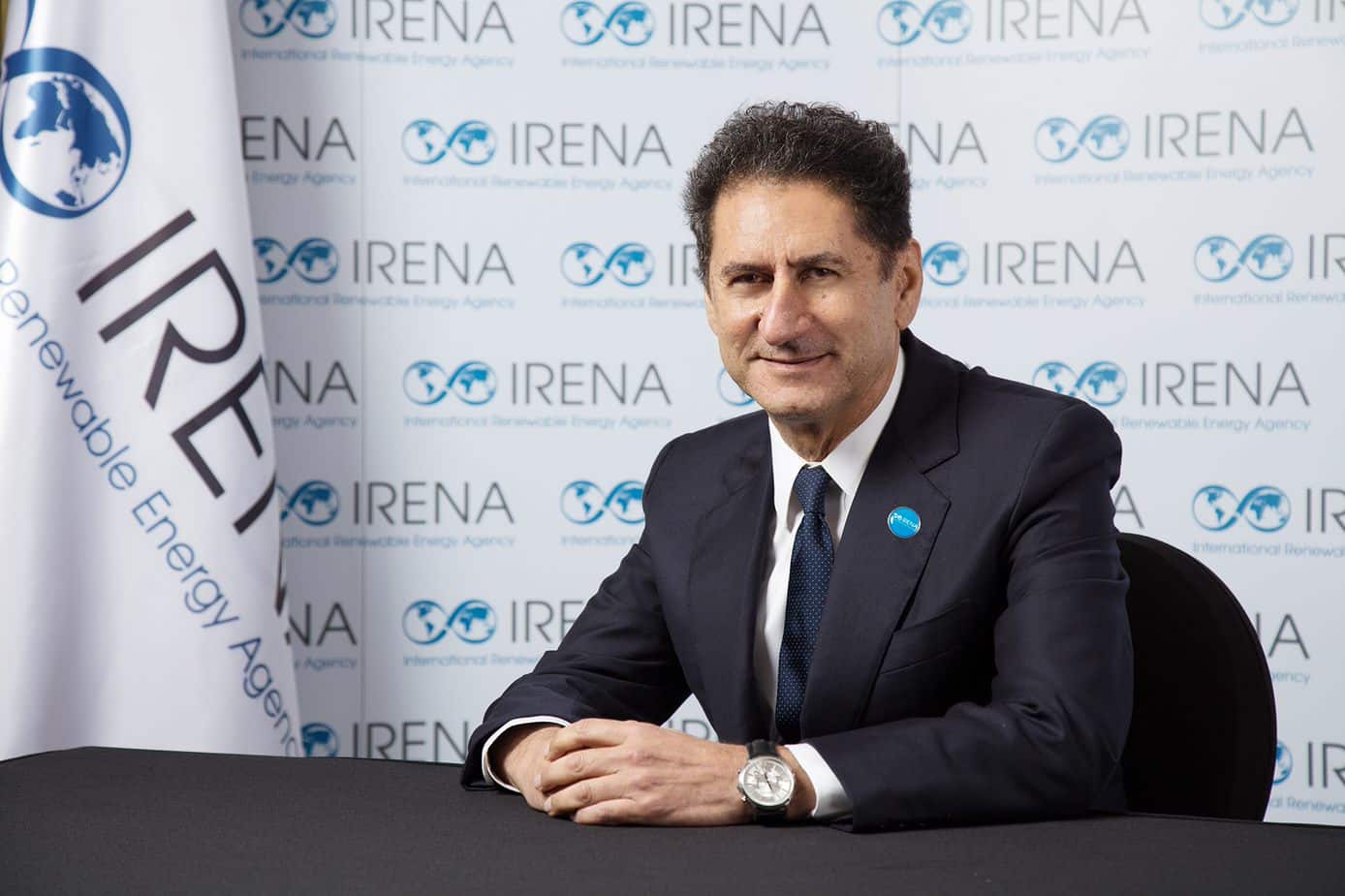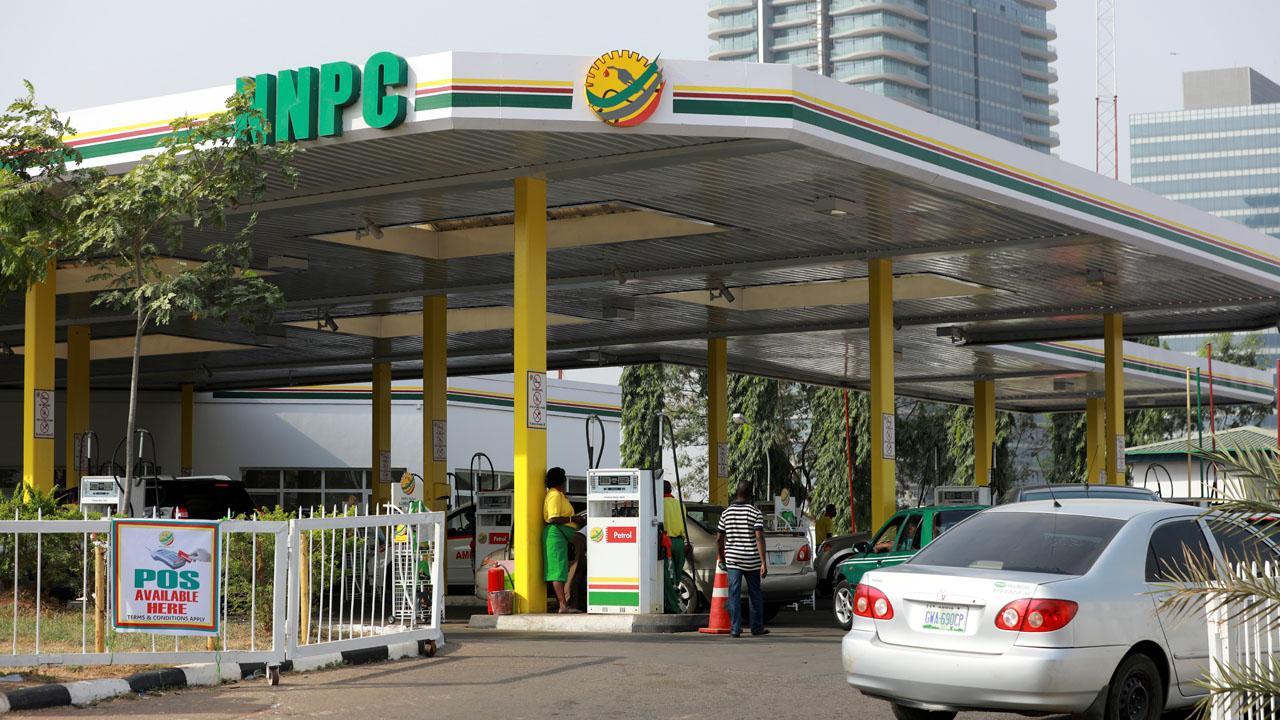The first time I encountered a solar powered system was at a friend’s place in one of the suburban cities of Lagos.
I had visited my friend, whom I will refer to as Joseph (not his real name), to spend the weekend. I noticed, quite surprisingly, that his light would not go off for the whole day.
Given what I know about Nigeria’s epileptic power supply, I was tempted to say something. I wondered why my friend’s environment could maintain a steady 24 hours power supply.
This was in 2015, about ten years ago. Solar adoption into homes across the country had not become as fashionable and common as it is today.
Walking towards the passage that led to his sitting room, I saw a heavily packed battery system placed neatly at a corner of his hallway.
This time I could not resist the urge to ask Joseph what exactly the batteries were for. They were exposed and looked like something that could power a trailer or a robotic device.
“They are for my solar panels. I use them as an alternative to NEPA. In case the electricity system goes off, I can always have a backup power supply at home.”
Joseph explained how the whole system worked. He powered his home with the solar panel. The lithium batteries in the corner of his hallway stored reserved energy that could be used later when the solar panels did not get much sunlight.
I have seen a lot of solar panel systems since then. The penetration of renewable energy in Nigeria over the last five to ten years has spread like wildfire in the savannah.
Joseph was one of the first people I knew to adopt a fully solar integrated system that allowed him to achieve 24 hours power supply.
But he would not be the last.
Nigeria electricity deficits
Nigeria, known for its erratic electricity system, has increasingly switched to solar energy to help bridge the gap in power supply across the country.
According to a recent report by the Chinese energy tracker Ember, Nigeria led the import of solar panels in Africa in 2024. The country recorded a 60 percent surge in imports.
Nigeria deposed South Africa in that period as the largest importer of solar panels on the continent.
For a nation of over 200 million people, a 5,000 MW electricity generation capacity is meagre.
Nigeria’s national electricity capacity sits on the same level as some small European cities. Yet it is expected to serve a growing population and support industrial activities.
For context, Croatia has a similar electricity capacity. But Croatia has only 4 million people, which is less than 2 percent of Nigeria’s total population.
Electricity remains a major challenge in the country. Solar energy will play a huge role in the future expansion of Nigeria’s electricity capacity.
So far, only about 7 percent of the country’s total electricity generation comes from renewable sources. Only a fraction of that comes from solar energy.
Why an off-grid solar solution is insufficient
Most of Nigeria’s electricity system depends on a centralized grid powered by gas thermal plants and, in some cases, hydropower plants.
Nigeria’s hydropower capacity accounts for about 25 percent of its 5,000 MW. This makes the country one of the few African nations with large hydropower infrastructure.
My friend Joseph was one of the early adopters of an off-grid solar energy system.
Today, it is no longer uncommon to see renewable energy systems in homes, schools, small shops and other businesses.
Most Nigerian banks now mount solar panels on their external roofs as an alternative for when the switches in the NEPA office are turned off.
Big businesses are also moving off-grid. Some do not use solar but have other independent power solutions.
Conglomerates like Dangote, Lafarge, MTN, BUA and others in that category are building integrated mini power plants. These systems sustain their operations and help them escape the burden of grid failure.
The solar revolution in Nigeria has been a spectacle.
Despite widespread adoption and even government led initiatives, industry wide large scale solar projects still fall far below expectations.
Compared to countries like Egypt or Morocco, where super solar projects have supported massive renewable growth, most Nigerian renewable energy projects are located in small communities, villages and private homes.
Morocco’s giant NOOR project, for instance, has made the country a net exporter of electricity to Europe.
Nigeria, however, still limits most of its solar farms to rural communities. Many have low capacity infrastructure that can only generate hundreds of kilowatts.
One industry player’s perspective on a fragmented market
At the Greentech Expo hosted by HCN Consult in Lagos, the CEO of Konexa, Pradeep Pursani, outlined the key challenges.
“One of the problems we faced is the regulatory structure which gives less priority to on-grid solar integration.
“Dealing with regulations in Nigeria can be quite difficult because you get to do everything yourself. From planning to execution. These are huge investments on the line,” Pursani told me.
Konexa has operated in Nigeria for over a decade. It is a renewable utility firm that focuses on large scale projects connected to the national grid.
During the renewable panel session which I anchored, Pursani explained that the fragmented renewable energy market in the country does not address the core problem of capacity allocation.
Most renewable companies are content with small scale off-grid solar solutions sold to private users.
The challenge with this is that it creates a low power generation subset. It solves immediate problems but does not address the national electricity challenge.
Imagine a solar startup that provides 200 kilowatts of electricity to customers for their homes, businesses and schools.
This solves a local power problem. Yet it does not address the broader national need for a reliable and scalable system.
When I asked Pursani about the new electricity market structure that allows States to generate and distribute their own electricity, he noted that such a structure can work. But in situations where power needs to be shared evenly through an integrated grid, the market will struggle.
“You have to consider the fact that different parts of the country have different energy sources that are indigenous to them.
“If you look at Cross Rivers and Kano, and consider which is more suitable for solar energy, the right answer will be Kano because of their climate and humidity,” Pursani said.
A fragmented market does not support such scalability. Only an on-grid centralized system can achieve it.
Enough of glorified power banks
What Nigeria needs is not glorified power banks for private spaces. The country needs large scale solar systems that can drive industrialization.
Recently, the federal government unveiled a $436 million renewable energy plan that will be spread across the 36 states.
The investment will include the purchase of “solar panels, smart metres, battery storage, and recycling facilities,” according to the nation’s vice president, Kasim Shettima.
It is still unclear how the government intends to allocate this financing or secure it through partnerships with external bodies.
However, it is almost certain that most of the funds will go to rural electrification projects.
These projects may not fully address the widespread electricity needs of the country.
This is not to say rural electrification projects are not noble. But if electricity is to drive industrial growth and productivity, then a large scale farm connected to the grid, as Pursani advised, is the way to go.
Nigeria still has the highest number of people living without electricity in the world.
And having a small fraction of that population mount individual solar panels on their roofs may not be the national aspiration that will end the country’s electricity challenges.










